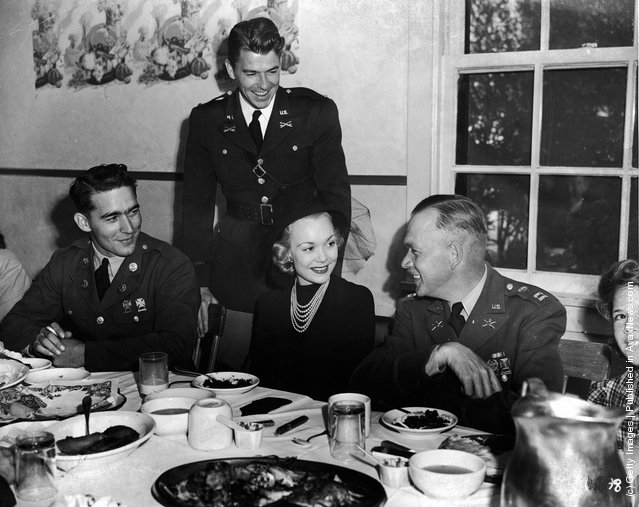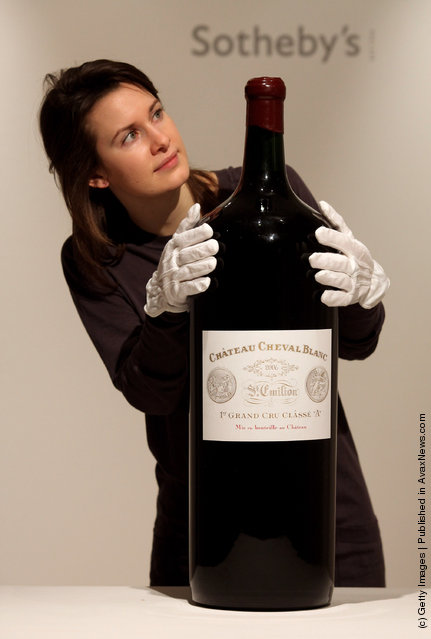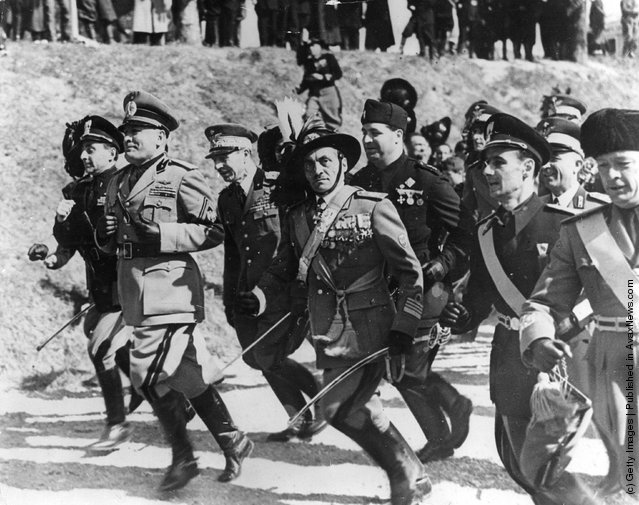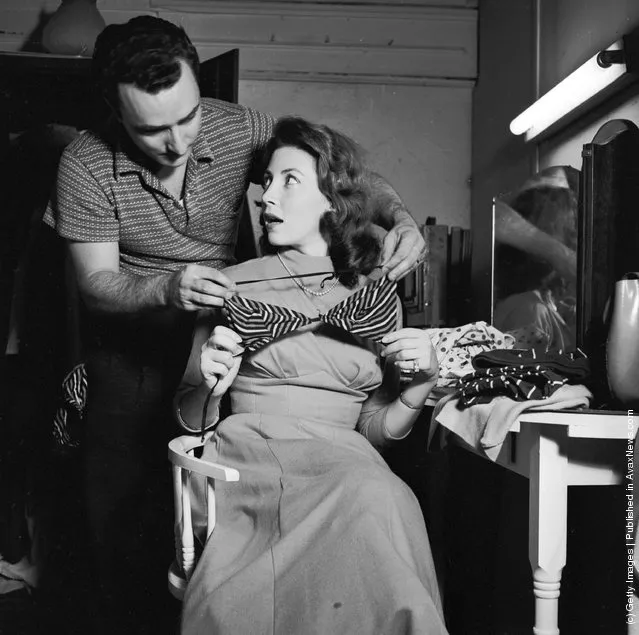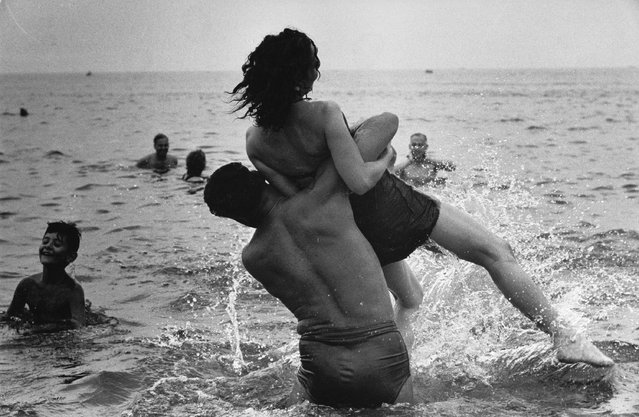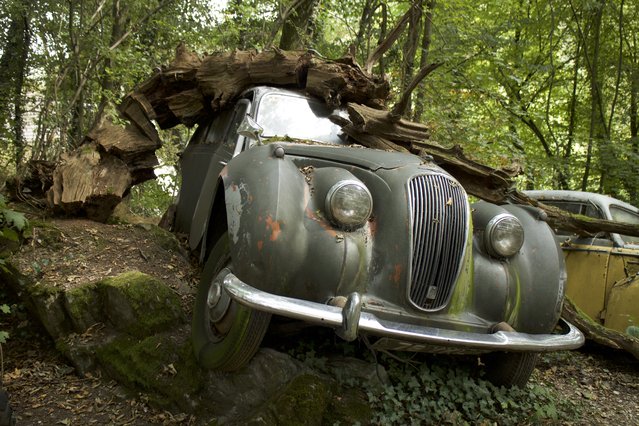
A vintage car sits in flood water on March 20, 2019 in Hamburg, Iowa. Although flood water in the town has started to recede many homes and businesses remain surrounded by water. Several Midwest states are battling some of the worst flooding they have experienced in decades as rain and snow melt from the recent “bomb cyclone” has inundated rivers and streams. At least three deaths have been linked to the flooding. (Photo by Scott Olson/Getty Images)
03 Apr 2019 00:01:00,post received
0 comments


